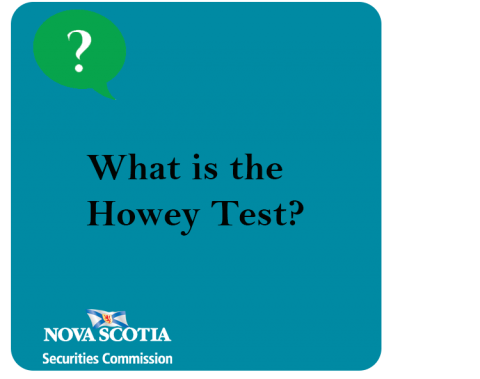Submitted by nsscadmin on

Many recent articles and opinion pieces looking at cryptocurrencies and initial coin offerings mention the need to pass the Howey Test to fall into the realm of securities. That’s fine as long as you know what the Howey Test is. One of our readers asked us to explain it.
The Howey Test originates from a 1946 United States Supreme Court case, where the defendants W. J. Howey Co. and Howey-in-the-Hills Service, Inc. owned citrus groves in Florida and sold grove plots to outside investors. Under the agreement, buyers leased the groves back to Howey, who would harvest and sell the citrus fruit.
The Supreme Court ruled that the agreement constituted an investment contract, making it a security. To come to this decision they applied four main criteria. These four criteria used to determine if something is a security, is now famously dubbed the Howey Test.
The criteria of the Howey Test are:
1. It must be an investment of money
2. There is an expectation of profit
3. It is a common enterprise
4. The profit is generated by a third party
In Howey, the citrus plots were bought by investors who had an expectation of profit that was dependent on Howey’s efforts to sell the citrus fruit.
Another example of an investment that passes the Howey test is stock in a company. Stocks are purchased by investors with the expectation of profits from the efforts of the people working for the company.
In the United States the Howey Test is the standard to determine whether something is a security and whether it falls under the jurisdiction of securities regulators. That is why you keep hearing about cryptocurrency and ICO investments having to pass the Howey Test to be regulated.
In Canada, the Howey Test was adopted by our Supreme Court in the Pacific Coast Coin Exchange decision of 1977. So, the next time you’re trying to determine if an investment is a security see how it stacks up against the Howey Test.
